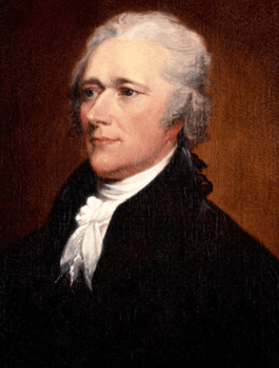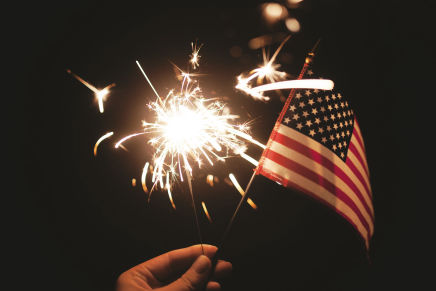
Introduction: The Framers of the Constitution were ambivalent about executive power. The colonial experience with the King of England and royalty appointed governors warned Americans of the dangers of strong executives. However, the weak executive under the Articles of Confederation highlighted the problems of governing without a potent executive. The result was an office endowed with substantial potential power, yet with much left to later interpretation and assertion. website editor with a drag and drop interface.
Led by Alexander Hamilton, Federalists sought to provide for a presidency that was:
1. energetic;
2. independent of Congress;
3. endowed with sufficient powers to lead
